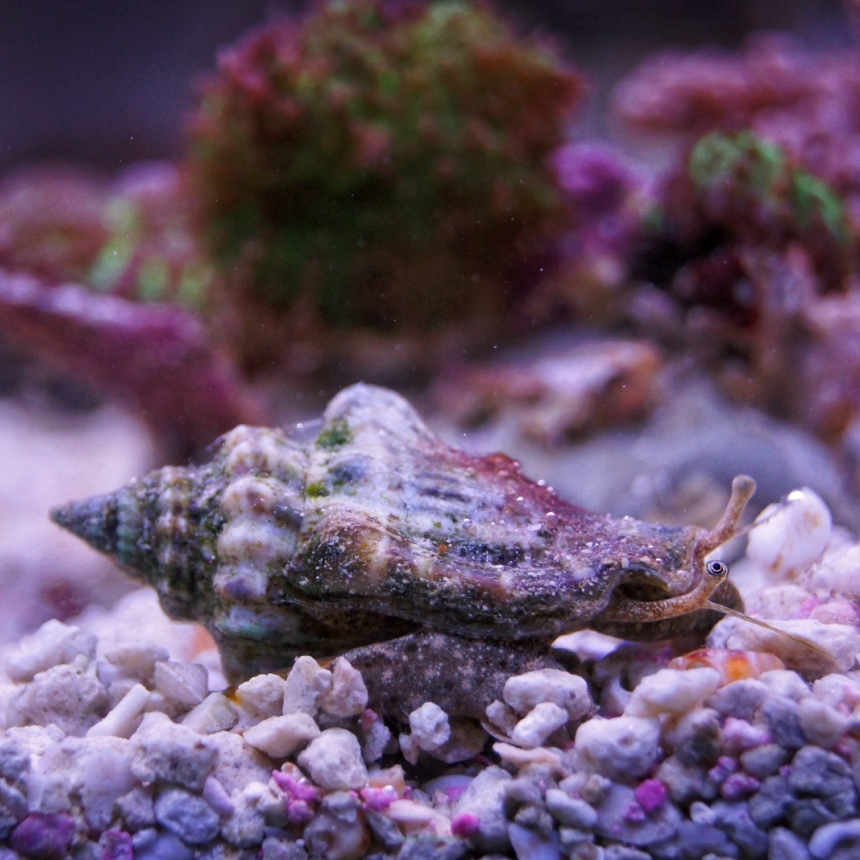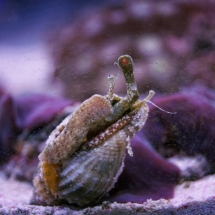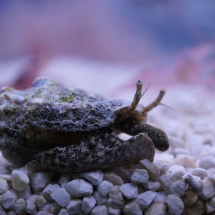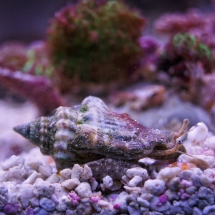



Strombus luhuanus, also known as "Strombus Snail" or "Luhuanus Strombus," is a species of marine snail from the Strombidae family. Here is a general description of this species and information about its cultivation:
Description of Strombus luhuanus:
Appearance: Strombus luhuanus has a characteristic conical-shaped shell. The shell of this snail is thick and conical, and its color can vary, including orange, brown, pink, or yellow. The shell often exhibits distinct spiral stripes. This snail has a long and slender siphon that it uses for foraging.
Size: Individuals of this species can reach a shell length ranging from a few to several centimeters.
Behavior: Strombus luhuanus is an active marine snail that feeds on algae and detritus on the seafloor. It is also a species that moves along the surface of the shell, leaving a trail in the sand.
Cultivation of Strombus luhuanus in marine aquariums:
Aquarium: An aquarium intended for the cultivation of Strombus luhuanus should be appropriately equipped with sand or substrate that allows the snail to burrow, as well as hiding spots or rocks where it can seek refuge during rest. These snails like to move along the sand's surface in search of food.
Water Parameters: Maintaining stable water parameters is essential. The aquarium water should have the right temperature, typically between 24 and 28°C (75-82°F), and the proper salinity level, usually between 1.023 and 1.025. Good water filtration and regular water changes are important.
Feeding: Strombus luhuanus is a herbivorous marine snail that feeds on algae and detritus. In the aquarium, you can feed it with various food sources, such as frozen nori algae, spirulina, or specially prepared herbivorous snail food.
Cultivating Strombus luhuanus in marine aquariums is relatively straightforward, especially if you provide it with the right environmental conditions and access to food. It is also an interesting addition to a marine aquarium due to its distinctive shell and behavior.